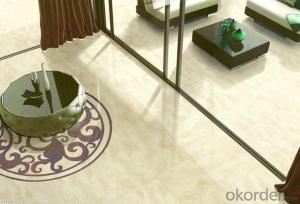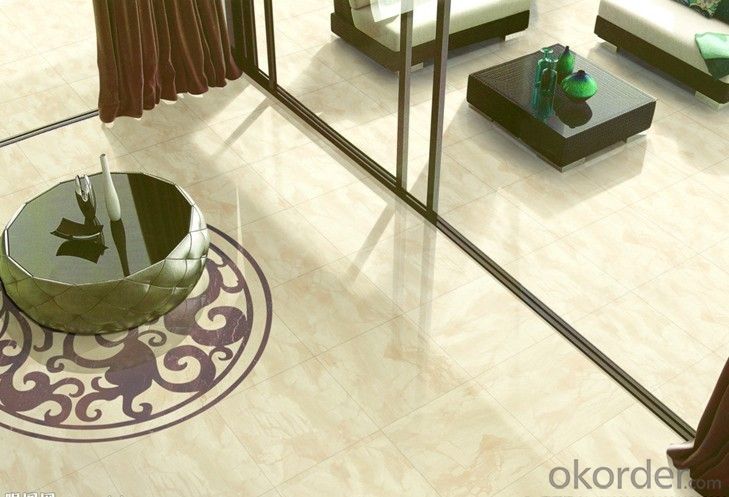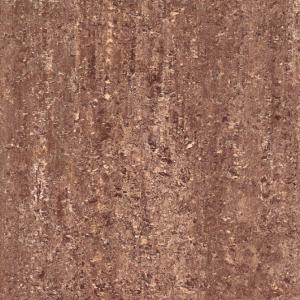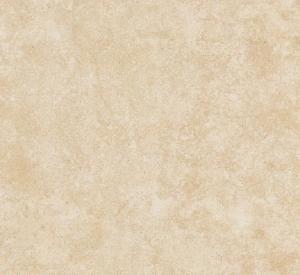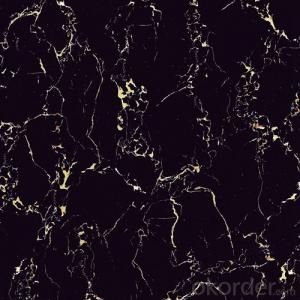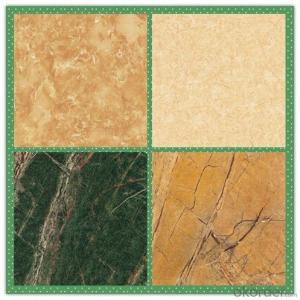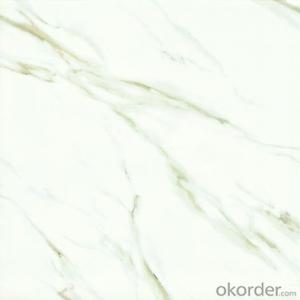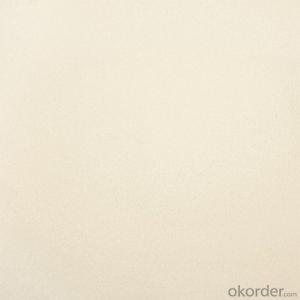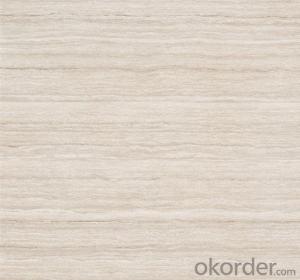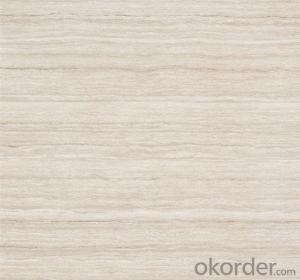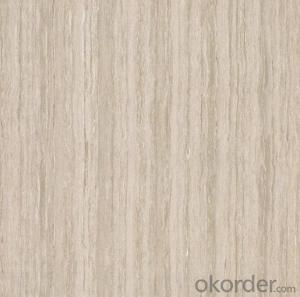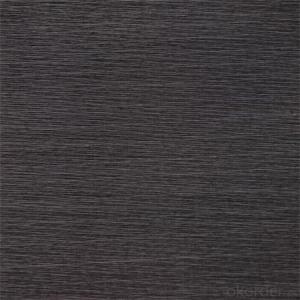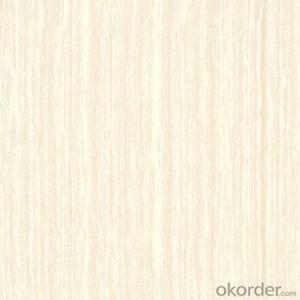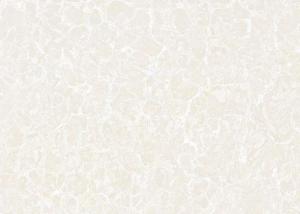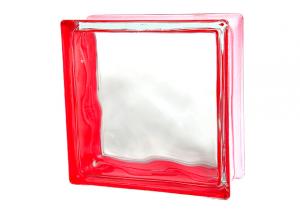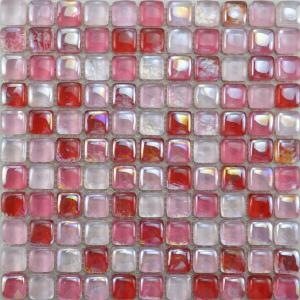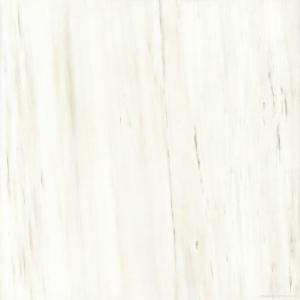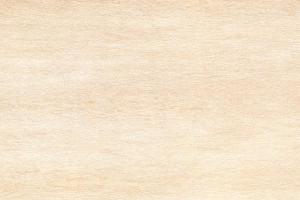Polished Porcelain Tile The Line stone Gray Color CMAXBJ1118
- Loading Port:
- China main port
- Payment Terms:
- TT OR LC
- Min Order Qty:
- 1328.4
- Supply Capability:
- 100000000 m²/month
OKorder Service Pledge
OKorder Financial Service
You Might Also Like
Product Description Polished Porcelain Tile The Line stone Gray Color CMAXBJ1118:
Specifications
China polished porcelain tile
Size : 600 x 600 cm, 800 x 800 mm
Surface:Nano polished finish
Water absorption:< 0.2 %
CE&ISO
Features:
1) Available in many designs, specifications and assorted color, unique designs and exclusive quality
2)Used for indoor & outdoor wall and floor decorations, building exterior,
3)Easy to install, anti-dust, washable, acid-proof, alkali-proof, durable
4)Material: porcelain
5)Customized sizes available according to clients’ requirements
6)Available dimensions
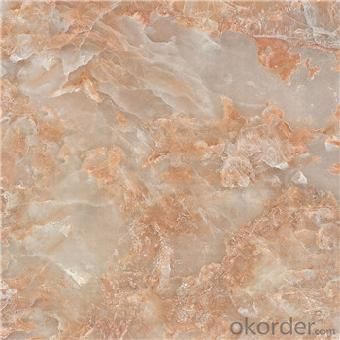

It’s good for hotel lobby flooring, shopping mall, big project etc
We have many different color and different design for you to choose. If you want to know more about us, go on
web please there are many new products showing on our web.
Our products are good quality with reasonable price.
We have CE & ISO9001, SASO for most of our tiles
Specification and technology information:
· NANO polished
· Water absorption:<0.1%< span="">
· Price terms:FOB Foshan
· Delivery:within 15~20 days after 30% deposit received
· Payment:T/T,L/C
· CE mark,ISO certificate
Product Picture :

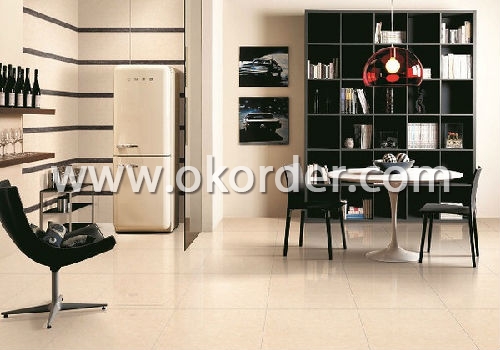
Production Line :

Product Certificates :
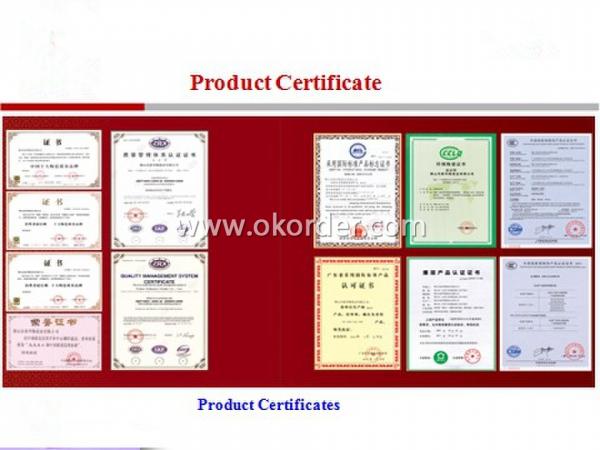
Packing Details :
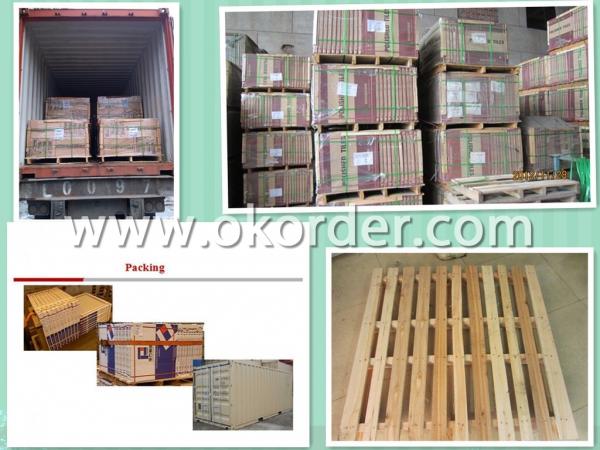
FAQ
1. For Polished Porcelain Tile, is the 30*60 available?
—— Yes, 30*60 is available. Due to the basic size is 60*60, we need to cut 60*60 tile into 30*60. 6 pcs are packed into one carton.
2. What is the MOQ for this tile?
—— Normally the MOQ is 1382.4 m2 for one 20’ container. To support our clients, we could go with 3 models to fill one container at most.
3. Can we use the carton with our own design and brand name?
—— Yes. Normally we go with Neutral Carton or our Carton with our CMAX brand name. But for carton of client’s own design, the MOQ for one size is 5 containers, due to the carton factory can’t arrange production if quantity is below 5000 pcs.
- Q: 1. Why floor tiles can pop up?2. What we can do to avoid that?
- You didn't mention what type of tiles (ceramic, vinyl, etc.) Vinyl pop up because the glue did not adhere properly, applies to both spread mastic and self adhesive. Surface prep is usually where the mistake is made. If the fault is that of the adhesive, the manufacturer often will make some amends. Ceramic usually pops up because the floor is uneven, or the tile was not seated correctly in the quick set. If some effort of was expended for surface prep, this is not the usual cause (this type of flooring has some degree of forgiveness related to surface prep). Future avoidance requires clean working conditions and following all instructions of the manufacturers of whose products you are using. (quick and easy cheat to repair=liquid nails, to glue tile down in place-hopefully before you applied grout!)
- Q: If so, I need to rewrite the tiles. To the kind of wax after you can see the kind of wax, do not know what should be bought? Thanks for reminding!
- Waxing is one of the methods of porcelain fake, floor maintenance of a measure. To the floor wax can decontamination light, increase the appearance, but also pest control, moisture, anti-cracking, reduce the outside of the floor of the corrosion and wear and tear to extend the life of the floor, floor maintenance is necessary measures. Can be water wax, solid wax, liquid wax, natural wax, spray wax. There are several steps to wax the floor: Selection of the market supply of floor wax on the white, light yellow, brown and so on, the user can choose according to the color of their own floor color can also be left to burn the candle to cut the candle, add the same amount of turpentine, boiled water , So that the candle melting, stirring into shoe-like, can be used for local wax, but the use of a little heat. Dust first with a steel velvet pad in the wax brush along the floor of the lines before and after the push, forced rub, the garbage, stains, dirt thoroughly clean, and then slightly wet mop wipe the floor again, you can wax. Waxing every 1 year or 2 months last time wax, the amount can be decremented in turn, the first wax slightly more, every 30 square meters of the ground, you can play about 300 grams of floor wax. Wax evenly applied to the floor surface and make it "soaked". After wiping the wax, so that the floor fully absorbed, completely dry, with a soft cloth on the floor to wipe back and forth until the smooth translucent so far.
- Q: I am looking to tile my livingroom/kitchen area appx 500sf. I am going with porcelain due to the strength ( i was told its better). My question is for resal (4-5 years) what is a better tile to lay; polished tile or regular glaze. I like the shiny clear coat look the polished has but someone mentioned it picks up footprints and it is not good for resale.Also, I was thinking that If I went with a larger tile, 18X18 or larger that it would look much cleaner with less grout lines, but since its only an area of 500sf that it would make my place look smaller than it is?any suggestions are helpful. Thanks
- Porcelain can absolutely be a polished surface. Mechanically polished porcelain does need a sealer applied before a contrasting color of grout is used. The surface is a polished unglazed and needs to be sealed. Shiny glazed tile, whether ceramic or porcelain is an enamel glaze in a shiny finish. Totally different than polished, through body porcelain. Don t believe everything you hear.
- Q: It‘s been a while since I have done tile, but I remember we used to use sheetrock to cover the floor or for back splash wall, however I don‘t remember what it was used for. Is there special cases when you need to use it or do I need to use it every time? What is the purpose to use the sheetrock?Please help. Thanks.
- It may have been sheetrock that you remember but more than likely it was some type of special backer product that resembled Sheetrock but was made specifically for use under tile. There are several types available at Lowe's like hardibacker or durarock. Both of these products are designed to be placed on the surface to be tiled before the tile is applied and act to stiffen the substrate. In other words they make the surface that the tile goes onto into one big solid piece as opposed to several sheets of plywood. The benefit of this is that is keeps the tiles from moving in relation to each other which will cause the grout lines in between them to crack and gap. These products are generally put down, when tiling floors, on top of a layer of mortar same as you spread mortar to hold the tiles down. Ans then these backer boards are nailed down with roofing nails and the joints are mortared and usually taped like drywall joints are. Then more mortar is spread on top of these boards and the tile is set into this mortar. Floors generally use the 1/4 thick backer board and when applying on walls the 1/2 backer is used. Just nail to the studs and paint with a waterproofing paint then mortar and apply tiles. Good Luck.
- Q: I want to put ceramic tile in my dining room, my room is 12' x 11'. So how would I go about deciding how many tiles I would need? The tiles are 12x12. But for ceramic tiles dont you have to leave space in between them?
- First measure the room from wall to wall.Length and width.Multiply the numbers.This gives you square footage.Add another 15 square feet for cutting and breakage.Tiles are sold per square foot not amount.Space in between does not matter in calculation.This is up to you.If you want a more full look make space smaller.This is easier for maintenance(cleaning).1/4 inch is normal, 3/8 is big.The bigger the space it's harder to grout plus will cost more in grout.Make sure to use grout similar colour to tile.If your floor is wood underneath then you have to fasten it so it does not vibrate and then lay a wire mesh before putting on the tile.This is important,if you do not do this the tiles will crack.To remove them costs more than putting them on.
- Q: We had new ceramic tiles put in the shower. The tiles are large size (12x12) and the grout line is about the width of a pencil. After a few days we noticed very thin (hairline) cracks in the grout, especially around the shower bench and the corners of the shower. The tiles are all in place. I think the contractors mixed the grout too thin. Can I just sand those areas of grout down a bit and then put new grout on top of it over those areas?
- Call the contractors back out and have them fix it. Yes, it sounds like they mixed the grout incorrectly. The tiles also shouldn't be that close together. When they set the tiles, they should have placed little plastic plus-sign-shaped spacers between all the tiles. This ensures a uniform and correct-sized grout line (about 1/4 inch for wall tiles) between all of the tiles. Seems like this tiler didn't know what he was doing. If you do try to fix it yourself, get a grout knife in the tile section of a home improvement store. This has a serrated edge to it that you use to actually grind into the grout (although it may not fit if the tiles are too close together). After you've ground out most of the grout, mix and apply a new grout. Also, look for grout that actually stays a bit flexible after it sets (I don't remember what it's called). It's good for wet areas like a shower and less susceptible to cracking.
- Q: My bf and I are removing the tiles from the bathroom wall with a chisel and hammer; however, we live in an apartment building, so I was wondering if there‘s an easier way to remove the tiles by softening the grout around them.
- You and your b/f are doing it right. I hope you put a thick sheet down on the tub before you starting banging the old ones off though... before you re-tile, totally clean the tub and make sure there are no chips out of it... it's a pain to replace a tub when you just put up all new tiles. Best way I found to remove them is a floor scraper (thicker than a putty knife) and a hammer... just tap the scraper at the end of the handle and let 'em fly.... have fun... reno's are great!
- Q: I have never laid tiles before and I would like to work from the ceiling down. In the shower I am going to use thin set. the rest of the bathroom is green board. which I intended to use a tile adhesive.the reason I wanted to go from ceiling down is I think the layout will look better
- Why would you want to work from the ceiling downward? That makes little sense. One of the reasons you work from the bottom up is that the thinset isn't completely up to the task of holding up the weight of the tile before it's set. It holds the tile against the wall well enough, but the tile simply rests its weight on the surface before the thinset sets. Starting from the top down, you'll probably find the tiles slumping out of position before you can get the next course in place, and that will slump, and the next and the next.
- Q: 20cm x 20cm uses 5 whole tiles, 4 half tiles, and 4 quarter tiles. Describe a method for calculating how many tiles of each type you needs for larger square tabletops.
- Total tiles = 5 * (4/4) + 4 * (2/4) + 4 * (1/4) = (20 + 8 + 4) / 4 = 32 / 4 whole tile equivalents = 8 whole tile equivalents We can conclude that since 20 x 20 = 400 = 8 whole tile equivalents the area of one whole tile is 400/8 = 50 sq cm So we take the dimensions of the table, a * b, and divide by 50 to find out how many whole tile equivalents we'll need. How many whole, half, and quarter tiles will be needed depends on the shape of the table and the exact dimensions of both the table and the tiles. The tiles might be any of these sizes: 5 x 10 cm 4 x 12.5 cm 8 x 6.25 cm or some other numbers as long as the product is 50 sq cm.
- Q: We recently remodeled our kitchen and are now ready to apply something between the counter and wall cabinets. We are thinking of tile. Our cabinets are a light oak. The counters are a marble looking blend of grey, blue, beige. Our appliances are beige. What color tile would look nice for this? Also, could you use 12x12 tile vs 4x4 or the smaller tile or is smaller tile better? We currently have unpainted drywall. Can you install tile with drywall behind? Or do you need that other type of backing?
- (I prefer the drywall myself.) If you're using ceramic or stone tile, you'll need a backer for the thinset. If you're using stick-on linoleum tiles, just install Luan before the tile. The 4 tiles will look better, but for a beginner, the 12 would be easier to keep straight. Try to come up with a color that matches or refleects the color of the floor.
Send your message to us
Polished Porcelain Tile The Line stone Gray Color CMAXBJ1118
- Loading Port:
- China main port
- Payment Terms:
- TT OR LC
- Min Order Qty:
- 1328.4
- Supply Capability:
- 100000000 m²/month
OKorder Service Pledge
OKorder Financial Service
Similar products
Hot products
Hot Searches
Related keywords

